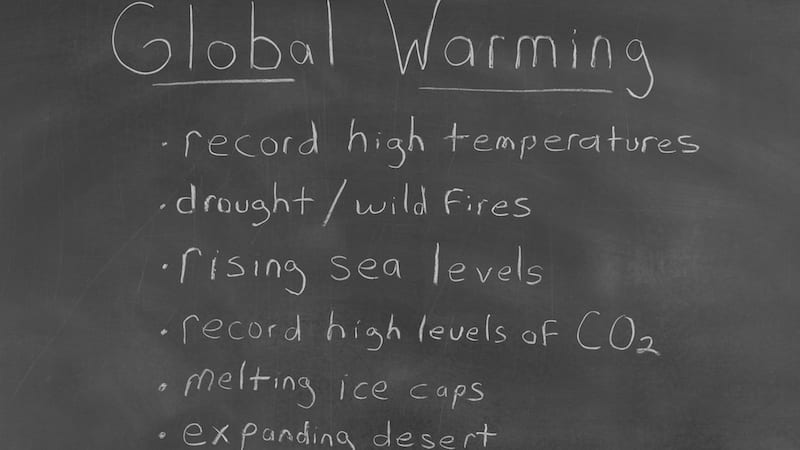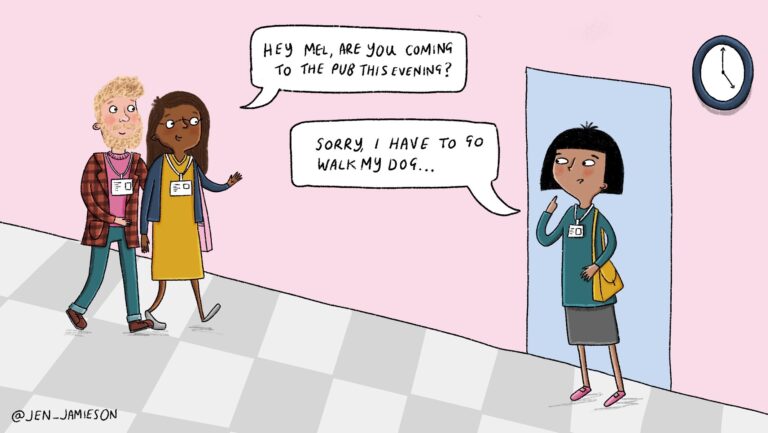My name is Brandie Freeman and I am a warmist. At least that’s according to proponents of climate change denial. The bullying term simply means I agree with the scientific consensus that global warming is occurring. Yep, “warmist” is an actual thing.
Welcome to teaching science in 2017.
I discovered the term “warmist” after I took it upon myself to methodically dispel the credibility of this document. It’s fossil-fuel-funded propaganda that’s being sent to every U.S. public school science teacher by the Heartland Institute. Turns out that having the courage to stand up for what you know is right brings out trolls faster than crossing a bridge in a fairy tale.
But this story isn’t likely to have a happy ending. The attacks on science education continue. From anti-science bills in Ohio that support creationism in the curriculum to erroneous textbooks in Texas, classrooms nationwide are falling prey to alternative facts.
To add insult to injury, Secretary of Education Betsy DeVos, who recently praised President Trump for withdrawing from the Paris Climate Agreement, is being questioned by senators regarding the White House’s connection to Heartland’s climate denial campaign. I’m not surprised the senators feel a need to dig further, but I am disgusted there is reason enough to be suspicious. And that DeVos has yet to respond.
We need to educate ourselves on climate change first.
Today, 99.99 percent of climate scientists agree that humans are causing the Earth’s atmosphere to experience increased temperatures. If you deny climate change at this point in the game, go ahead and mail your membership card to the Flat Earth Society. Otherwise, you’ll be a “globularist.” That’s the term flat-earthers use to bully those of us who believe the Earth is round. Sound familiar?
All jokes aside, a recent report from the National Center for Science Education found that as many as 30 percent of teachers who teach about climate change simultaneously emphasize:
- That human activity is the primary causes of global warming.
- But that “‘many scientists’ see natural causes behind recent global warming.”
I don’t think those educators are being purposely misleading. Rather, slanted instruction is due to the lack of climate education and professional development available to us. Middle and secondary science undergraduate preparation programs focus on biology, chemistry, or physics. Very few involve dedicated courses to environmental science or climatology—content that is extremely multidisciplinary.
Without concentrated study in these areas, it can be easy to overlook new research findings. This is especially true with outdated or biased textbooks. So what are we to do?
Try these eight tips from environmental educators on teaching climate change.
- I pull old photographs of snow in North Texas to show how early and big the snowfall was 20, 30 years ago, versus now. —Tammy M., Texas
- My students ask HOW we know. They hear the data is distorted or we don’t have enough evidence, which isn’t true. So I present the evidence, usually from NASA’s site.—Stephanie M., Georgia
- We look at and analyze graphs. I ask deniers to choose the data that supports their narrative. It gives them a solid understanding that denials are not based on sound science. I have no arguments or dissent. —Laura S., California
- My intention for them is to learn to research the information, determine if it is biased or incomplete, and vet the source (peer-reviewed science versus a reporter). —Robbin H., Texas
- In addition to teaching the facts and using data, I confront the political side. I really think about the kids and their families to understand their position while getting them to see another point of view. —Marjie M, Wyoming
- I teach the scientific consensus and expect all students to understand it regardless of their personal beliefs. It’s curricular content within my course. I don’t ignore the political schism, but deal with that tangentially. If kids provide science-based criticisms, we discuss them. —Mike P., Winnipeg
- I remind students that climate change is not an issue of Republican or Democrat. The environment goes above political party and is something that is relevant in all of our lives. —Alana G., Texas
- I usually don’t have deniers after they see the evidence. Some argue it won’t cause catastrophic change during their lifetime. We discuss pros and cons of our energy and resource choices. Pretty much everyone agrees there is no harm in conserving more and moving to more sustainable solutions. —Jason B., New Jersey
My approach to climate change denial? There is none.
As for me, I refuse to suggest in my classroom that there is any controversy or disagreement amongst scientists that humans are causing the climate to change. Any hint that the issue is not settled by decades of research fails to facilitate your students’ development into scientifically literate citizens—which teachers from all around the world agree is the ultimate goal of science education

